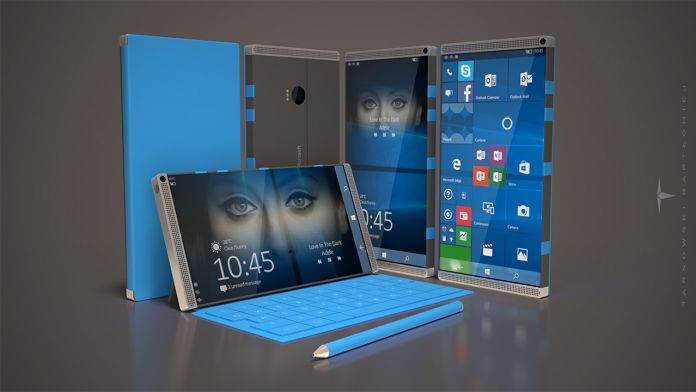According to a new LinkedIn job posting, Windows Core will leverage Microsoft’s machine learning tools to provide security. “Improved the security posture of Windows Open Source Components through initiatives that investigate vulnerabilities found and establish a process for remediation. Improved the overall Program Management skill set, communication, and collaboration throughout the WDG IS organization,” the description of the profile notes. Looking at the profile, it seems Microsoft wants Windows Core OS to be comprised of open source components. Further reports suggest Windows Core will integrate with Andromeda OS, the latter being specific for dual-screened devices. By creating a modular Windows experience, Microsoft can put the full power of Windows 10 on any device. WCOS will provide Microsoft with a platform that will work on mobile devices and PCs alike. Users on smartphones will be able to receive a full Windows 10 PC-quality experience. It may also allow Andromeda and the Surface Phone to solve the app gap that plagued Windows Phone. Users won’t need an app store filled with applications if they can download them like desktop apps.
Preparing for Launch
Over the coming months as Microsoft evolves both Andromeda and Windows Core, it will be interesting to see how the company structures the OS. Build 2019 this spring may bring some official announcement on one or both of these platforms. Last October, we reported that WCOS apps landed on the Microsoft Store for the first time. According to the app manifest files, it seems WCOS will install apps that report compatibility to Windows.Core and Windows.Universal. When compiling, devs will have to target specific device families. Currently, those include Windows desktop, Windows mobile, Team (Surface Hub) and Xbox.




